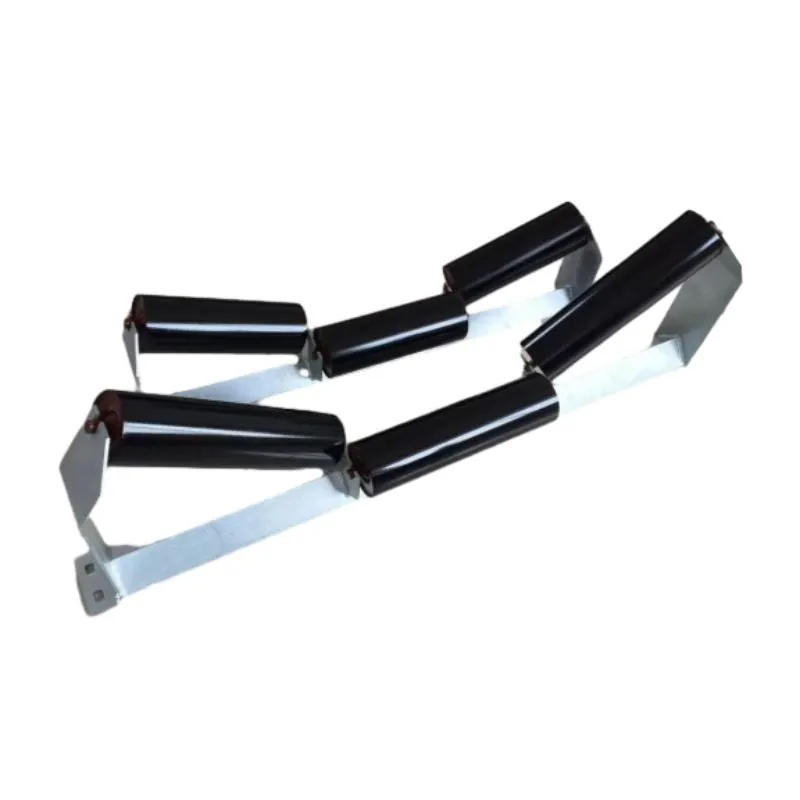 Afrikaans
Afrikaans  Albanian
Albanian  Amharic
Amharic  Arabic
Arabic  Armenian
Armenian  Azerbaijani
Azerbaijani  Basque
Basque  Belarusian
Belarusian  Bengali
Bengali  Bosnian
Bosnian  Bulgarian
Bulgarian  Catalan
Catalan  Cebuano
Cebuano  Corsican
Corsican  Croatian
Croatian  Czech
Czech  Danish
Danish  Dutch
Dutch  English
English  Esperanto
Esperanto  Estonian
Estonian  Finnish
Finnish  French
French  Frisian
Frisian  Galician
Galician  Georgian
Georgian  German
German  Greek
Greek  Gujarati
Gujarati  Haitian Creole
Haitian Creole  hausa
hausa  hawaiian
hawaiian  Hebrew
Hebrew  Hindi
Hindi  Miao
Miao  Hungarian
Hungarian  Icelandic
Icelandic  igbo
igbo  Indonesian
Indonesian  irish
irish  Italian
Italian  Japanese
Japanese  Javanese
Javanese  Kannada
Kannada  kazakh
kazakh  Khmer
Khmer  Rwandese
Rwandese  Korean
Korean  Kurdish
Kurdish  Kyrgyz
Kyrgyz  Lao
Lao  Latin
Latin  Latvian
Latvian  Lithuanian
Lithuanian  Luxembourgish
Luxembourgish  Macedonian
Macedonian  Malgashi
Malgashi  Malay
Malay  Malayalam
Malayalam  Maltese
Maltese  Maori
Maori  Marathi
Marathi  Mongolian
Mongolian  Myanmar
Myanmar  Nepali
Nepali  Norwegian
Norwegian  Norwegian
Norwegian  Occitan
Occitan  Pashto
Pashto  Persian
Persian  Polish
Polish  Portuguese
Portuguese  Punjabi
Punjabi  Romanian
Romanian  Russian
Russian  Samoan
Samoan  Scottish Gaelic
Scottish Gaelic  Serbian
Serbian  Sesotho
Sesotho  Shona
Shona  Sindhi
Sindhi  Sinhala
Sinhala  Slovak
Slovak  Slovenian
Slovenian  Somali
Somali  Spanish
Spanish  Sundanese
Sundanese  Swahili
Swahili  Swedish
Swedish  Tagalog
Tagalog  Tajik
Tajik  Tamil
Tamil  Tatar
Tatar  Telugu
Telugu  Thai
Thai  Turkish
Turkish  Turkmen
Turkmen  Ukrainian
Ukrainian  Urdu
Urdu  Uighur
Uighur  Uzbek
Uzbek  Vietnamese
Vietnamese  Welsh
Welsh  Bantu
Bantu  Yiddish
Yiddish  Yoruba
Yoruba  Zulu
Zulu conveyor belt idler rollers
Understanding Conveyor Belt Idler Rollers
Conveyor belt systems are critical components in a wide range of industries, from manufacturing and logistics to mining and food processing. At the heart of these systems are idler rollers, which play a crucial role in ensuring the smooth and efficient operation of conveyor belts. This article delves into the significance, types, and maintenance of conveyor belt idler rollers.
What Are Idler Rollers?
Idler rollers are cylindrical components that support the conveyor belt. They help maintain tension and alignment, allowing the belt to move smoothly over the pulleys. Without idler rollers, the conveyor would become unstable, leading to wear and potential malfunction. Their primary functions include supporting the weight of the conveyed materials and minimizing friction between the belt and the structure of the conveyor.
Importance of Idler Rollers
1. Load Support Idler rollers support the bulk materials being transported, preventing the conveyor belt from sagging. This is especially critical in heavy-duty applications where the weight of the materials can be substantial.
2. Tension Maintenance Keeping the correct amount of tension in the conveyor belt is essential for efficient operation. Idler rollers contribute to maintaining this tension, which helps avoid slippage or misalignment.
3. Wear Reduction By providing a smooth surface for the conveyor belt to travel over, idler rollers reduce wear and tear on the belt. This not only prolongs the lifespan of the conveyor system but also reduces the frequency and costs associated with maintenance and replacements.
4. Energy Efficiency A well-aligned conveyor system with properly functioning idler rollers can reduce energy consumption. By minimizing friction, the system operates more efficiently, resulting in lower operational costs.
Types of Idler Rollers
Idler rollers come in various types, each designed for specific applications
conveyor belt idler rollers

- Flat Idler Rollers Commonly used in standard conveyor systems, flat idler rollers provide continuous support along the belt's path. - Crowned Idler Rollers These rollers have a slight curve, which promotes belt alignment and helps prevent edge wear by naturally guiding the belt towards the center.
- Impact Idler Rollers Designed for heavy-load applications, impact idler rollers feature a robust construction to absorb the shock from materials being loaded onto the conveyor.
- Return Rollers Positioned underneath the conveyor belt, return rollers support the belt as it returns to the loading area, ensuring a smooth transition.
Maintenance of Idler Rollers
Regular maintenance of idler rollers is essential to ensure the longevity and efficiency of the conveyor system. Here are some key practices
1. Inspection Regularly inspect idler rollers for signs of wear, such as uneven surfaces, rust, or misalignment. Early detection can prevent larger issues down the line.
2. Lubrication Keep bearings well-lubricated to minimize friction and wear. This is particularly important in environments exposed to dust or moisture.
3. Alignment Checks Ensure that the idler rollers are properly aligned. Misalignment can cause uneven wear on the conveyor belt and increase energy consumption.
4. Replacement Timely replacement of damaged or worn idler rollers is crucial. Continuing to use faulty rollers can lead to further damage to the conveyor system and unplanned downtime.
Conclusion
In conclusion, idler rollers are vital components of conveyor belt systems, contributing to their efficiency, longevity, and reliability. Understanding their role, types, and maintenance practices can significantly enhance operational performance in various industries. By prioritizing the care of idler rollers, businesses can ensure that their conveyor systems operate smoothly and effectively, ultimately leading to improved productivity and cost savings.





























